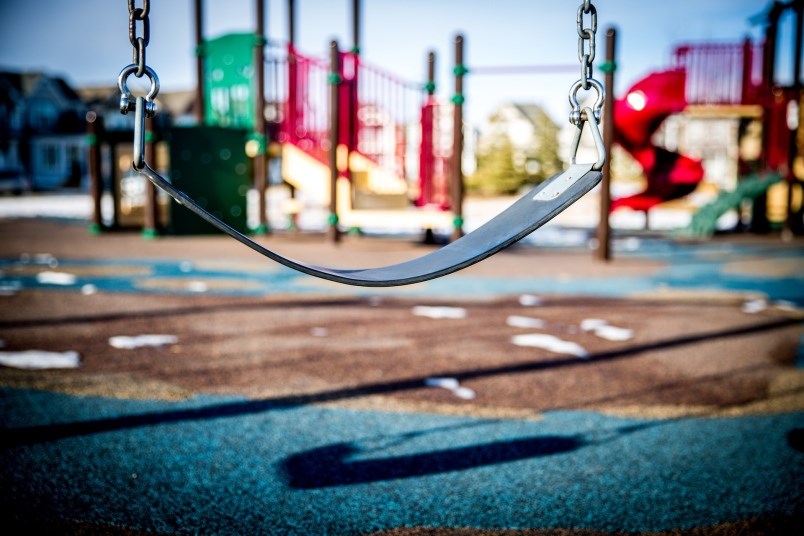Prior to the COVID-19 pandemic, physical literacy development was a problem as children are lacking and falling behind with their physical development.
According to experts in the field, this is due to many factors…no organic play, not walking to school and in some cases, restrictions by parents.
Now more than ever, parents have to be mindful of trying to get their children active, even if that means looking outside the box in these times of social distancing and isolation.
“I just want to see kids active,” said Carlene Lewall from KidSport Delta. “It really concerns me that through all of this, there is going to be a lot of kids who just don’t have the means to be active,” said Lewall. “They don’t have the space in some cases, can’t go outside, don’t have a backyard to play in, so what is that going to do for physical literacy? Physical literacy is so lacking in our kids today. This is a problem. Physical activity is so related to mental health and social health.”
One resource many are turning to for advice is the Canadian not-for-profit parenting website .
Active for Life provides parents with hundreds of free resources for keeping kids physically active. Since the outbreak of COVID-19, the bilingual website has focused specifically on helping parents to keep their kids busy and physically active while living with social distancing and isolation.
One of the most popular Active for Life resources has been 49 fun physical activities to do with kids aged two to four. Another popular resource has been six active games kids can play with a pair of socks which shows kids how to play soccer, baseball, basketball and ball games in small indoor spaces with simple sock balls.
The free resources at Active for Life include a mix of game instructions, printable posters, and articles with ideas to stay active indoors and outdoors.
One of our focus at AFL is that we are trying to simplify what it means to be physically literate and physically active,” said Active for Life executive director Richard Monette. “In this situation sporty and active parents will continue to find ways to get their kids moving. And many of these sporty parents are using our resources and other quality resources from around the world to keep their kids active, safe and healthy.
“One of the reason our traffic has increased dramatically is that many parents who might not have the knowledge and/or tools to get their kids moving are also accessing our content and resources. This is an opportunity for the physical literacy and physical activity sector to show that being active is simple, inexpensive and fun.”
Drew Mitchell from the in Victoria said in the past, children developed physical literacy, in part, though regular unstructured play, and the vast majority of adults maintained their physical literacy through daily vocational activities and other forms of habitual physical activity including recreation that were largely physical in nature. However, in today’s world children are much less frequently engaged in unstructured play, and adults are increasingly sedentary at work and at home, creating an inactivity crisis.
“Physical literacy is more than just the physical - the social, emotional and cognitive components are critical as part for the development of healthy humans,” he said. “For 50 years we have been telling people to get active and we are now the least active we have ever been.”
Mitchell said physical and mental health benefits of regular physical activity are well established in the research literature.
“Since individuals who lack the skills, confidence, competence, and knowledge to be physically active are less likely to participate in physical activity, physical literacy is considered to be a gateway to physical activity,” he added. “Consequently, physical literacy is itself a determinant of health through its positive influence on physical activity.”
Read more from the



